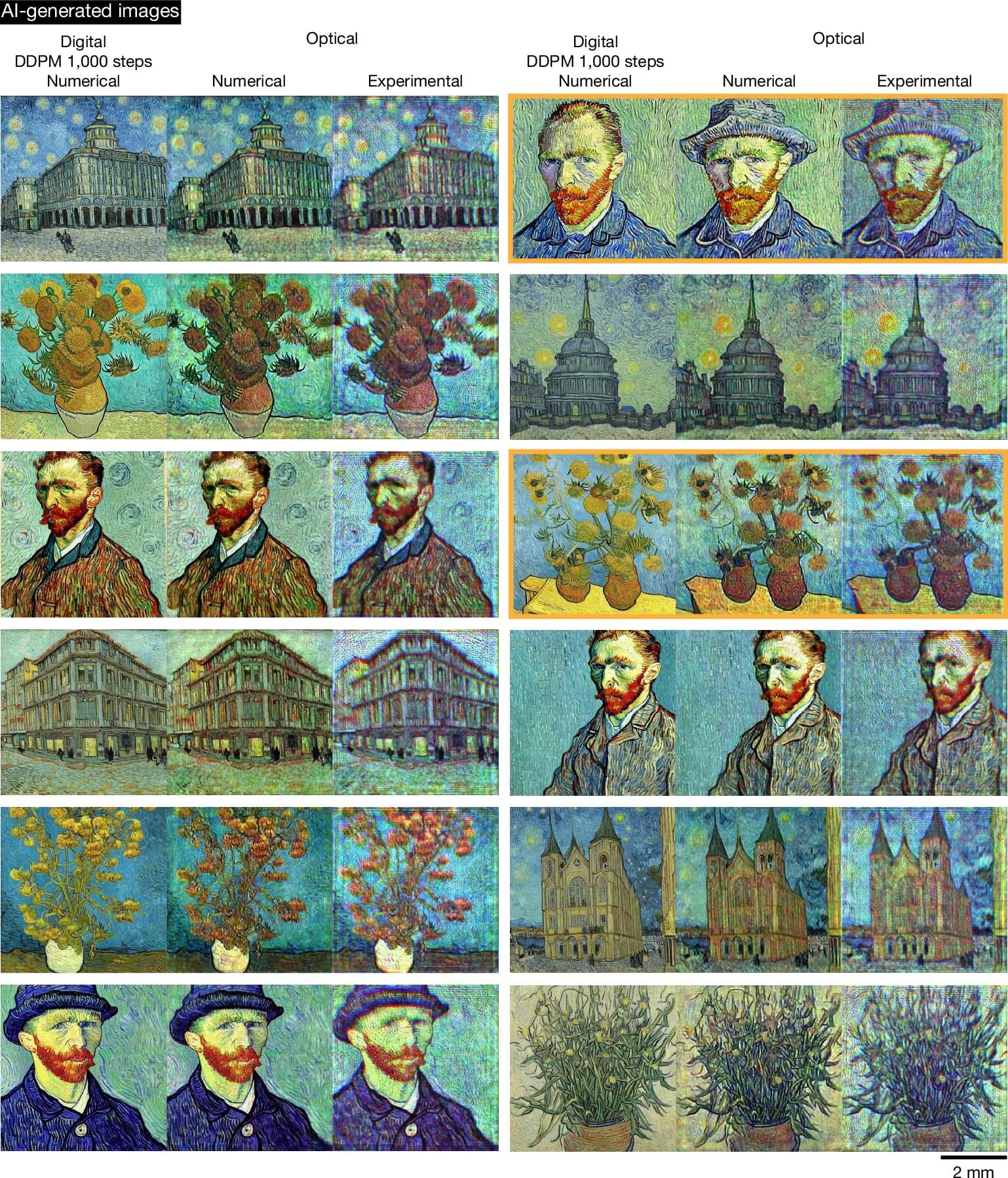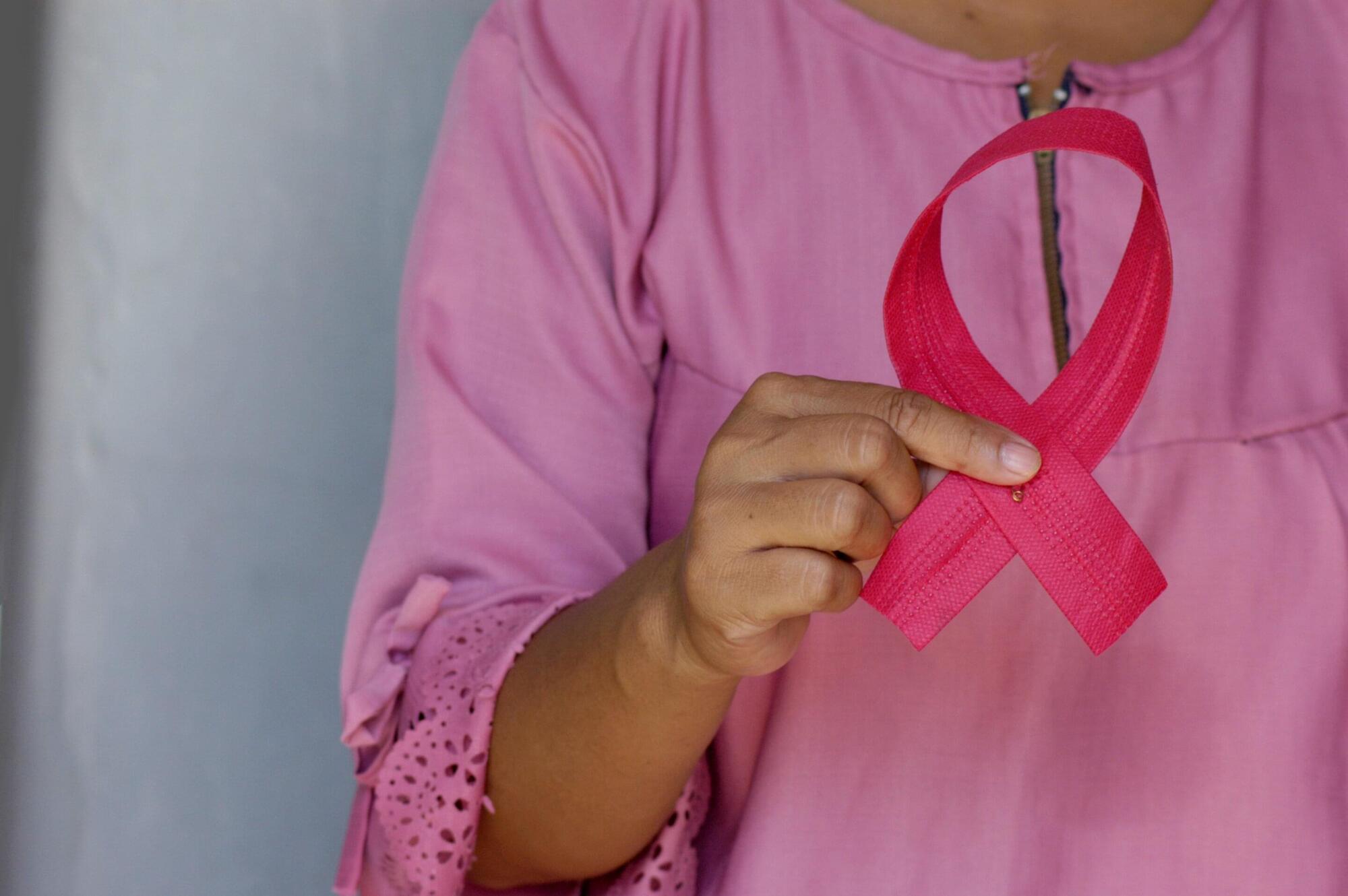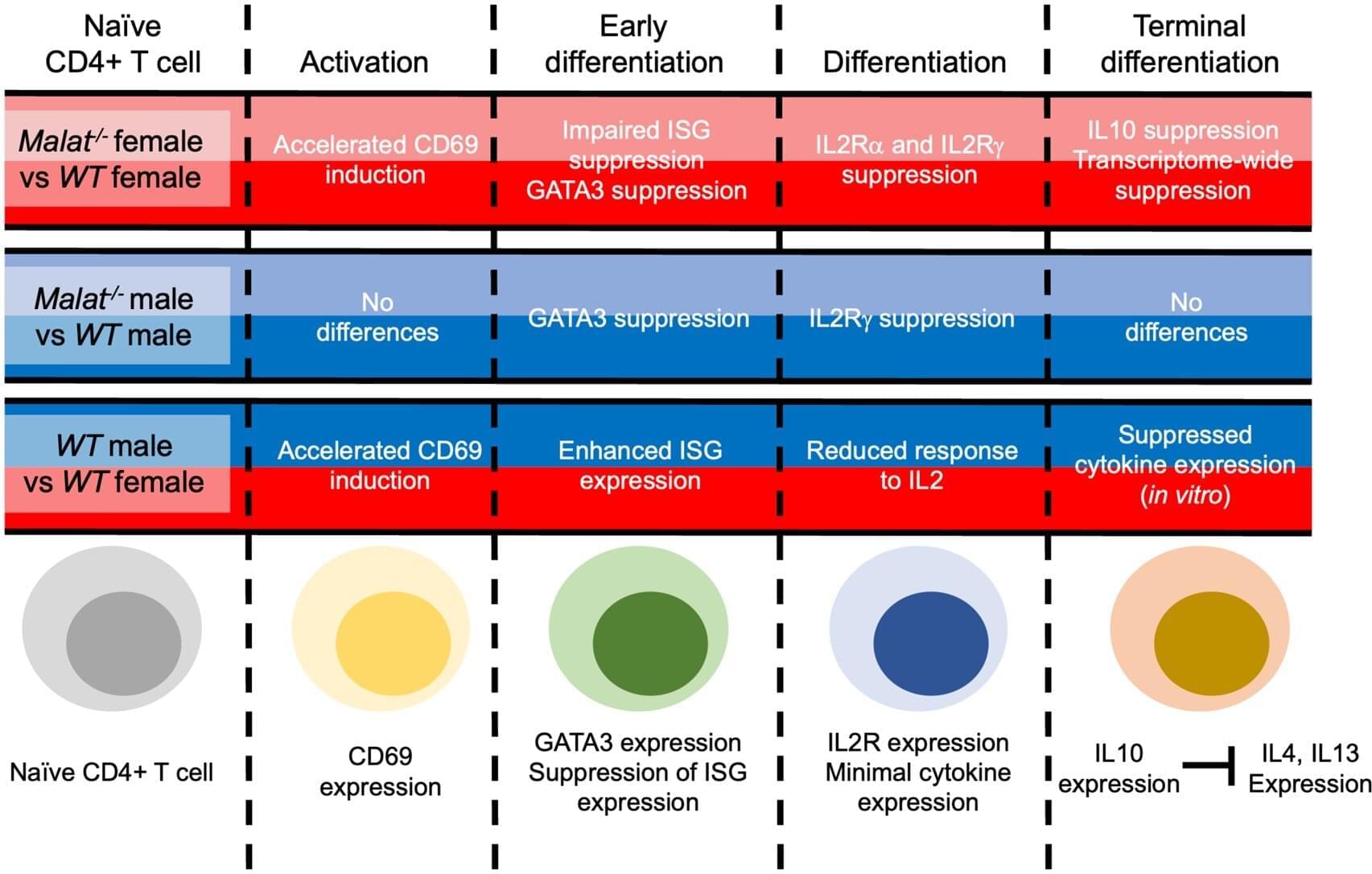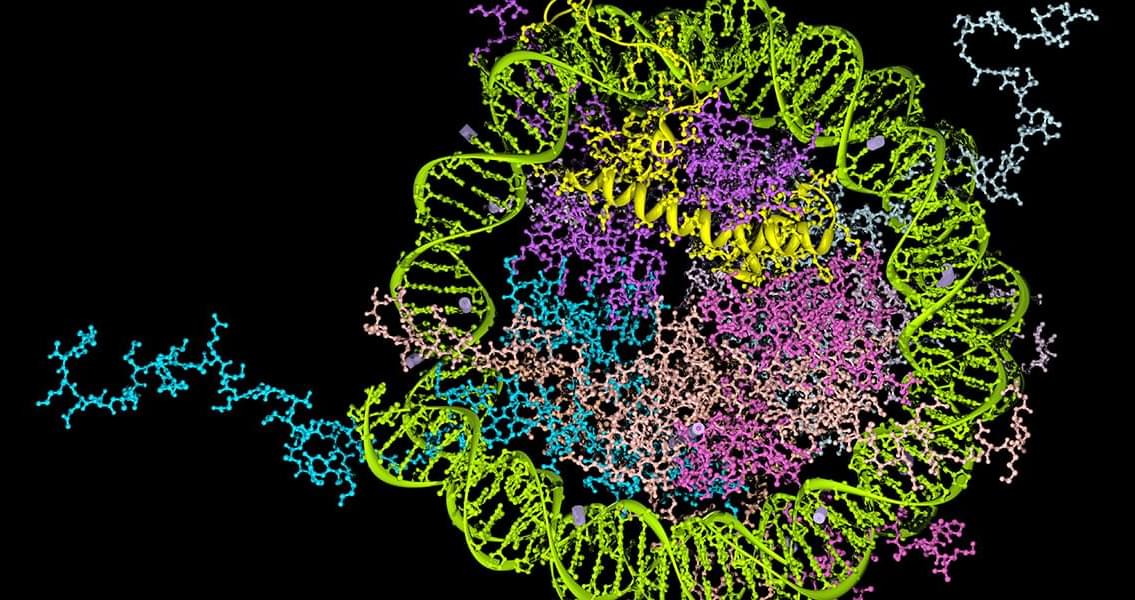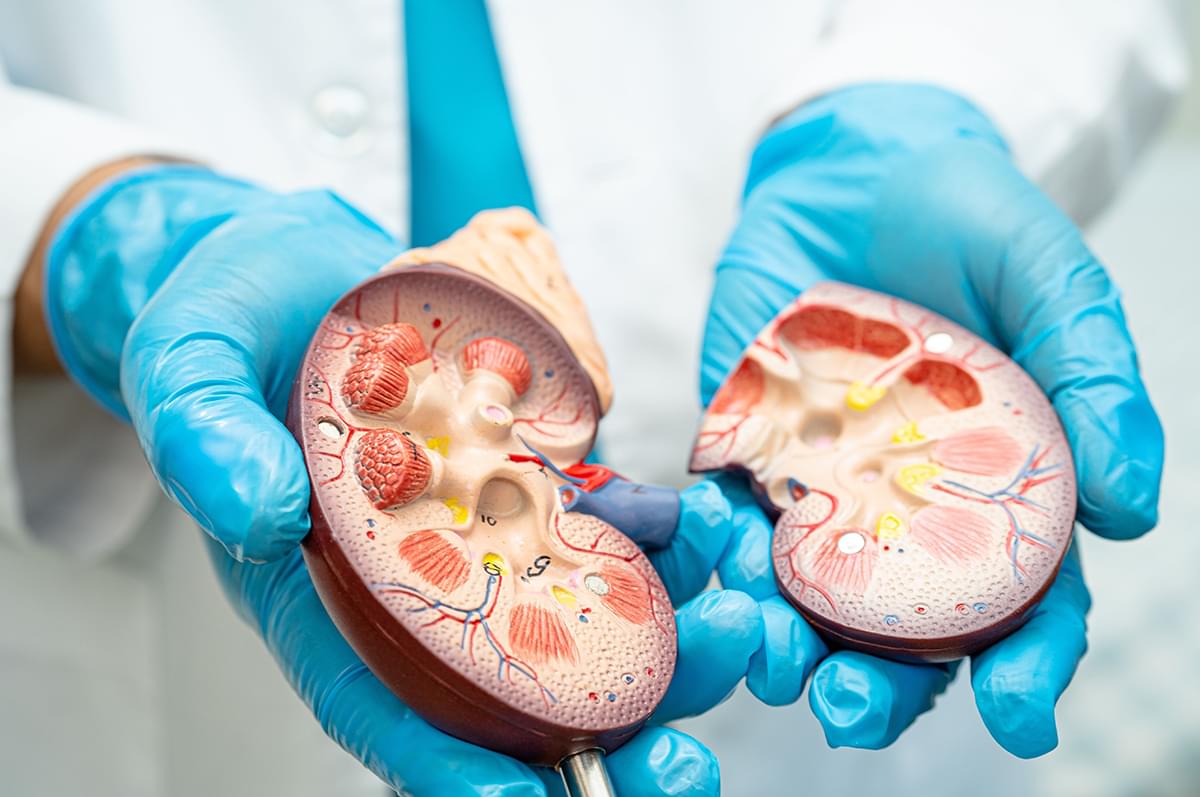From creating art and writing code to drafting emails and designing new drugs, generative AI tools are becoming increasingly indispensable for both business and personal use. As demand increases, they will require even more computing power, memory and, therefore, energy. That’s got scientists looking for ways to reduce their energy consumption.
In a paper published in the journal Nature, Aydogan Ozcan, from the University of California Los Angeles, and his colleagues describe the development of an AI image generator that consumes almost no power.
AI image generators use a process called diffusion to generate images from text. First, they are trained on a large dataset of images and repeatedly add a statistical noise, a kind of digital static, until the image has disappeared.
